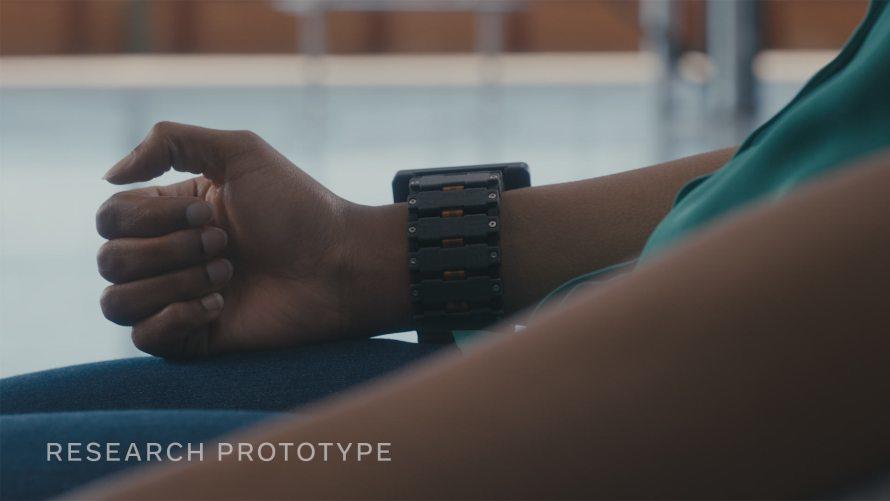
Facebook Reality Labs (FRL) has revealed further details about the work its researchers have been doing in developing a neural wristband prototype that can be used to control an augmented reality interface.
The company explained in a post the wristband would be in-built with compute, battery, antennas, and sensors capable of reading electrical signals from the brain through the wrist to the hand, which can then be translated into “intuitive” digital commands to control the functions of an AR device.
The prototype is based on technology developed by CTRL-Labs, a startup that the tech giant acquired in 2019.
“What we’re trying to do with neural interfaces is to let you control the machine directly, using the output of the peripheral nervous system — specifically the nerves outside the brain that animate your hand and finger muscles,” FRL Neuromotor Interfaces director Thomas Reardon said.
The social media giant, however, insists the wristband will not be able to read our minds.
“Think of it like this: you take many photos and choose to share only some of them. Similarly, you have many thoughts and you choose to act on only some of them. When that happens, your brain sends signals to your hands and fingers telling them to move in specific ways in order to perform actions like typing and swiping. This is about decoding those signals at the wrist — the actions you’ve already decided to perform — and translating them into digital commands for your device,” the company said.
As part of initial development, the company explained the wristband will be developed to read pinching-based gestures — an “intelligent click” — to control certain demands, much like tapping on a button.
There are also plans to introduce haptic feed to the wristband, so users can “feel” movements that are reflected in the VR interface.
Eventually, Facebook wants to develop the wristband to enable controls such as being able to touch and move VR objects or type on a virtual keyboard at high speed.
The wearable wrist device has the potential to sync up with other VR devices that Facebook is working on, including its smart glasses.























